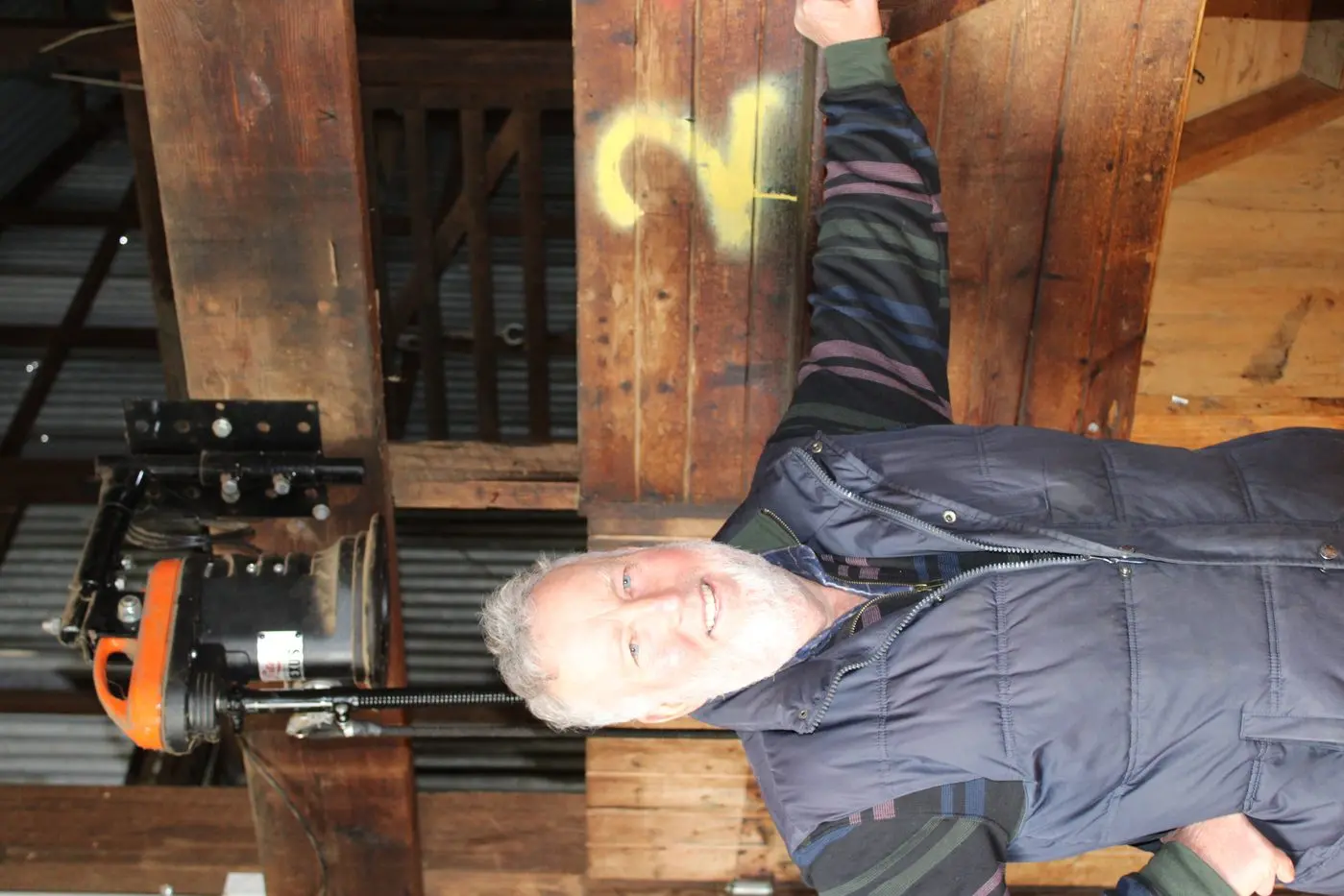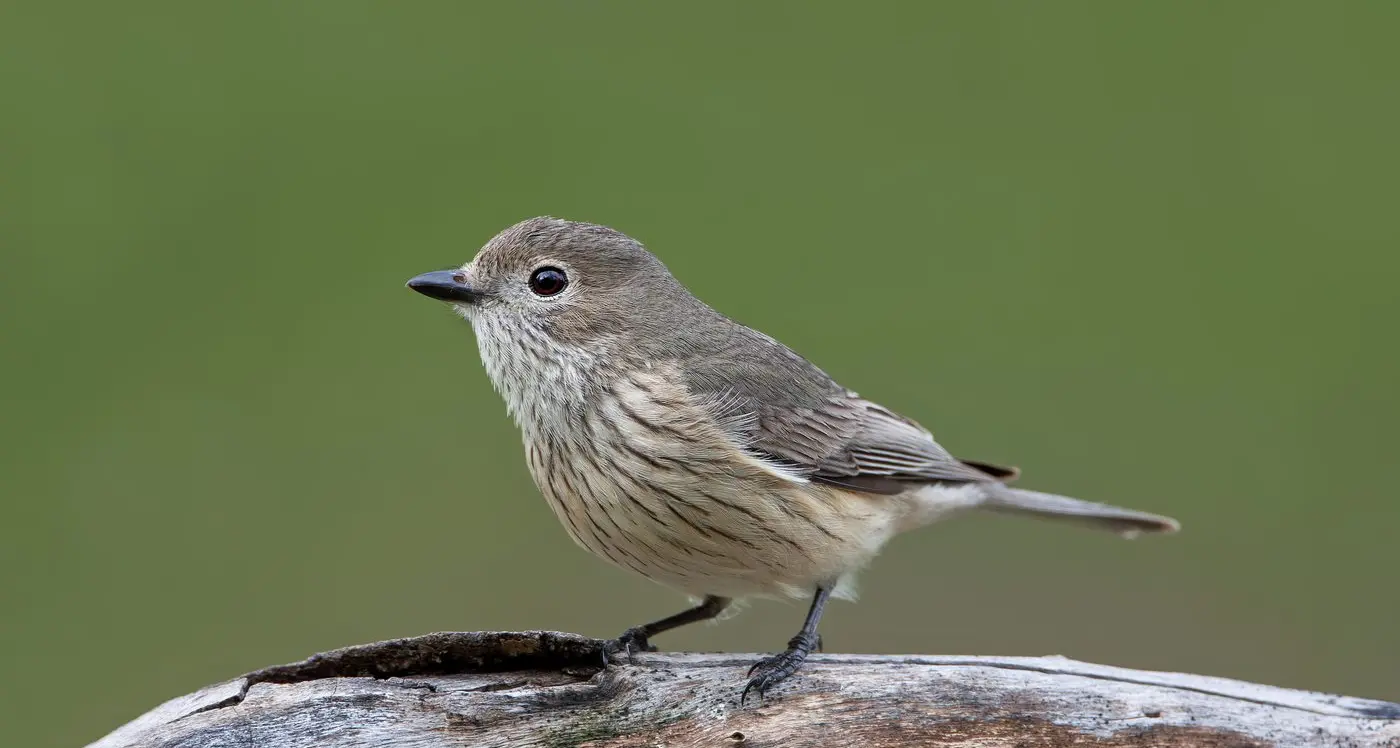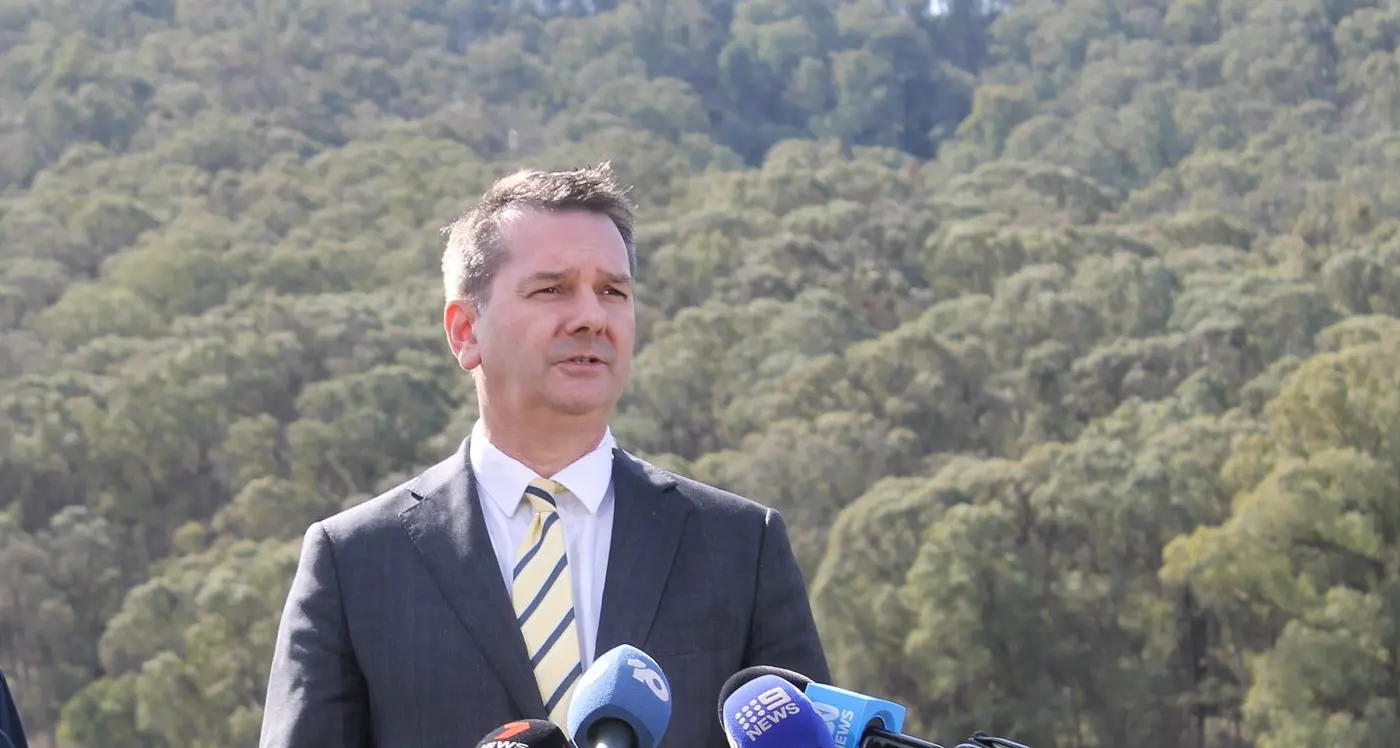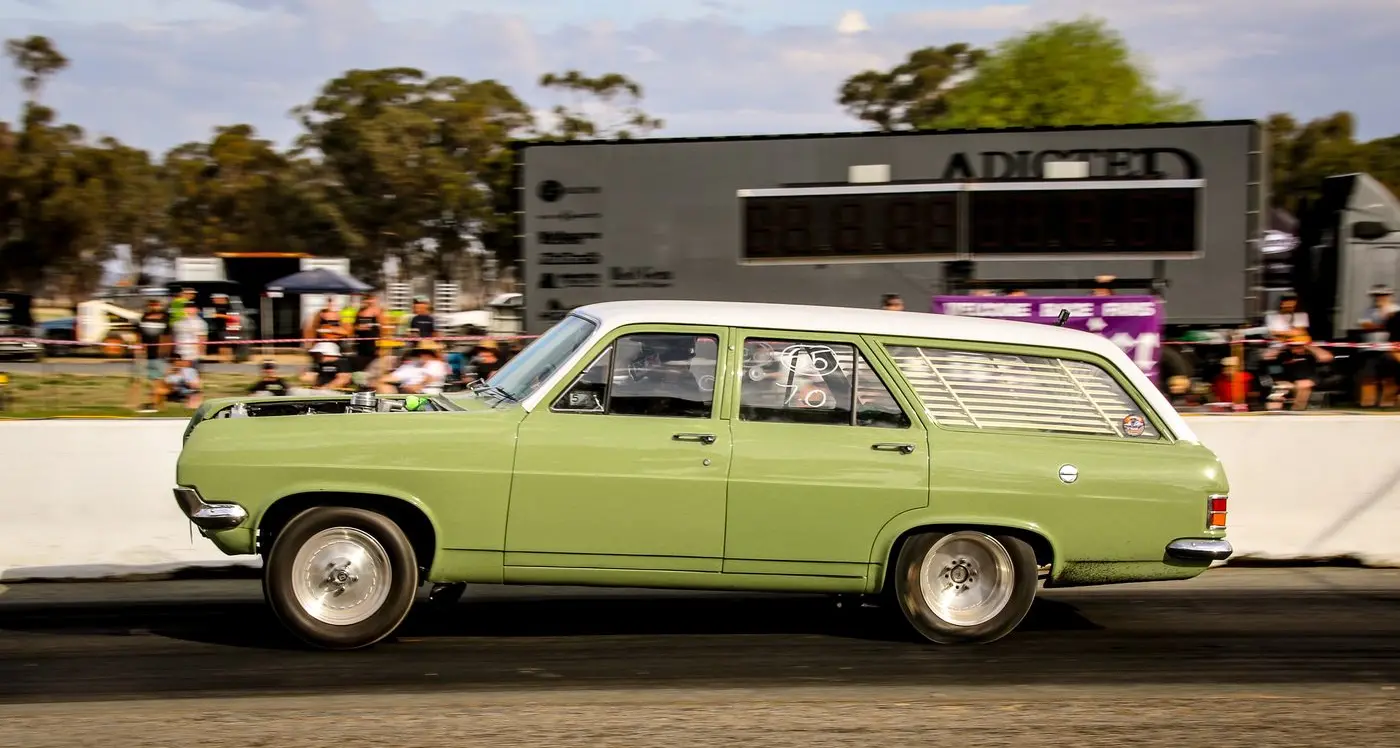PHOTO
By MELINDA CAIRNS HACK
Newly retired manager of ‘Coolringdon’, Malcolm Pearce, returned to the property on Kosciuszko Road, near Cooma, recently for the Monaro Farming Systems (MFS) Spring Field Day to present a talk about ‘Coolringdon’s’ successful farm management practices.
Since 1995 Malcolm has managed the pastures at ‘Coolringdon’, one of the Monaro district’s oldest properties, and shared his practical knowledge of the 3400 ha sheep farm to other farmers. He spoke of the focus on the rotational grazing of improved pastures with long rest periods between stocking to improve water retention in the landscape, which in turn encouraged deeper plant roots and improved soil health.
His discussion touched on establishing pasture, soil, grasses used, stock welfare and rates, dealing with weeds (particularly African love grass), disease, water system and storage.
“I’m pleased to be retired, I’ve done my little bit here,” Malcom said.
It was definitely a testing time for the young family, having left Tasmania with a two-year-old son and arriving in the middle of a Monaro winter. Then not long after, a water pipe burst in the ceiling of their house.
“Half our stuff got destroyed from the water, but we survived and moved on,” Malcolm said.
“The first four years Mrs Litchfield [nee Casey] was alive while we were here, we pottered along and maintained things on the farm, we were quite restrained as to what we could do.
“When Mrs Litchfield died, James Litchfield [of ‘Hazeldean’] was appointed trustee with Chris Blencowe and Perpetual Trustee Co. and that freed up money to develop this place to what it is today.”
The first task was to make the main paddocks smaller.
“They originally were enormous, so after numerous meetings between James, Chris and I, we decided to sub-divide them, the biggest one was nearly 1200 acres, and is now 16 paddocks. We basically worked through the property, starting in 2000 doing the work in sections, and we kept going.”
Next was implementing rotational grazing, as suggested by James Litchfield, to turn ‘Coolringdon’ into a productive and profitable enterprise.
“Once we got into the rotational grazing we found that our pastures were improving all the time with longer rest periods. A blanket rule we use is to try and rest all our pastures for 30 days at least; the lucerne country in the summer time we can get down to 25 days...with this rotational grazing what you find is, like we did in January this year for example, with a six paddock rotation there was nothing in front of our stock.
“So we brought them in and put the stock in sacrifice paddocks, which are small paddocks five to 10 ha in size with permanent troughs for grain feeding, and we fed them until the break of the autumn, which we did get this year. The more you can keep the sheep in the sacrifice paddocks, the more pasture there is.
“It’s not easy, they have to be fed grain and roughage every day,” Malcolm said.
The roughage initially was straw, but ‘Coolringdon’ now produces its own lucerne, so lucerne and grain are used.
“We added a buffer as well; we trail it on top of the grain ration and that helps, the sheep look better.
“The idea is to store the feed in the paddocks for lambing and that’s what we did this year. It all works together, the sacrifice paddocks with the rotational grazing, which maintains the ground cover.”
The trustees and Malcolm were aware these changes had to be made to create in Mr Litchfield’s words, “a model farm demonstrating the interdependence of profitable agriculture and the enhancement of environmental values”.
“The rotational grazing means roughly only 30 per cent of the farm is stocked at any one time, and the remainder is resting,” Malcolm said.
“With sacrifice paddocks the sheep are contained in a small area, so they are not damaging pastures in the main part of the farm. We can run all our ewes and probably hoggets in sacrifice paddocks now. If they are all set up, you can bring them in and make decisions quickly.”
‘Coolringdon’ is now under new management and Malcolm is more than ready to hit the road and live the retired life.
“It’s been a terrific journey here,” but I feel like the body needs a rest, as much as anything and I’ve got stuff I want to do myself, and with my wife, Kaye, before we get too old.”
Having grown up on a property in Tasmania, the farming life is all Malcolm has ever known.
“We are really looking forward to the next part of our lives,” he said.
“Luckily, in my position I didn’t have to sell the farm before retiring.
“I was fortunate to come in at a time when ‘Coolringdon’ was in its raw state, basically, and the trustees, myself and other staff here all played their roles, to make it a great place today.
“It will go forward and hopefully some more money can be put back into Monaro farming, because that’s the idea of the place - that’s what Mrs Litchfield wanted when the John and Betty Casey Coolringdon Trust was formed.”
Malcolm said he will always be interested in what’s happening at ‘Coolringdon’.
“We have moved to Canberra permanently, but have two daughters who still live in Cooma, so will occasionally come down and I will probably come out to ‘Coolringdon’ for a drive every so often,” he said.





